
Prakash Kundalia, Willi Smith, and Vijay Agarwal outside of airport in Mumbai, India, ca. 1978
Vijay Agarwal
WilliWear’s beginnings, in December 1975, roughly coincided with my own factory’s beginning. From the outset, our destinies were intertwined, and I could not ask for better people or company with whom to take this journey. In 1975, for most designers in the U.S., producing high-end apparel in India was a taboo! It took Laurie and Willi’s pioneering spirit, a great eye for potential and possibility, and tolerance and patience to develop and manufacture WilliWear successfully in India. Willi painstakingly guided us through many processes and production steps and worked patiently with our pattern masters and sample makers to produce inspired designs and apparel from simple fabrics, which were readily available in India.
Willi and Laurie were extremely close and complemented each other very well. One of my favorite memories of working with them was during a drive in Bombay, when Willi suddenly asked the driver to stop at a traffic circle: he loved the shorts the traffic policeman was wearing. He asked me to get them for him. We managed to get them and the humble shorts, called the “Bombay Shorts” in his collection, went on to become one of his best-selling shorts in the early years.
On another occasion, he saw some school children playing on a playground and was inspired by their simple outfits. From these uniforms, he made a simple blouse which made the inside cover of the New York Times Fashion of the Times issue in his second or third year in business. We also all remember his fatigue pants and poet’s shirt—two styles that helped both of our companies to grow significantly. We couldn’t make enough! Again, the fabrics and designs were very simple.
I also have memories of how, when he would come to India, he would take a large room at the traditional Taj Hotel, and the first thing he would do would be to put up white fabric on all the walls. His goal was to remove all color from his environment, which would allow him to come up with his own inspirations.
One season, when he came to India to develop a collection, he was working morning to evening in his cabin and had completed his designs. It took him three weeks. And then one morning, while sitting in a coffee shop, he started scribbling on tissue paper and in one night, he had changed all of the styles he developed in the last three weeks. In the next few days, we had to make all of the samples once again, and that season was one of the best seasons in WilliWear history.
When I think of Willi, I think of him more as a person than as a designer. The world has seen his genius and his accomplishments, but what has stayed with me are his qualities as a person. I saw how fluidly designs would flow from within him. Like many great artists, he made creativity look simple. I have often been struck by how we could both look at the same picture, and how he would pick up so much more from the picture than I would. Again, this could be due to his sensitive nature as an artist.
I saw in him a great perception for beauty and a strong desire to share this with his friends. He used to collect many artifacts during his visits to India. His colleagues shared with me that once he went to every employee of his company and left a beautiful piece of artisanal work on their desks. His love for sharing beauty could also be seen when he presented his collections to the press; he could hold me captivated watching how he thought about and presented his collections.
He was also very generous and helpful to his friends. I heard that once he met a fellow designer friend at the airport who was struggling. He took out his pad and quickly sketched a top and gave it to her. She later told him that she did very well with the style, and that it helped her tremendously in her business.
He had a zest for life. His capacity to enjoy life, and his love for music and dance were inspiring to watch. He was also very appreciative of other artists and creators across multiple disciplines. He truly was a fashion designer for people on the street!
One season, when he came to India to develop a collection, he was working morning to evening in his cabin and had completed his designs. It took him three weeks. And then one morning, while sitting in a coffee shop, he started scribbling on tissue paper and in one night, he had changed all of the styles he developed in the last three weeks. In the next few days, we had to make all of the samples once again, and that season was one of the best seasons in WilliWear history.
When I think of Willi, I think of him more as a person than as a designer. The world has seen his genius and his accomplishments, but what has stayed with me are his qualities as a person. I saw how fluidly designs would flow from within him. Like many great artists, he made creativity look simple. I have often been struck by how we could both look at the same picture, and how he would pick up so much more from the picture than I would. Again, this could be due to his sensitive nature as an artist.
I saw in him a great perception for beauty and a strong desire to share this with his friends. He used to collect many artifacts during his visits to India. His colleagues shared with me that once he went to every employee of his company and left a beautiful piece of artisanal work on their desks. His love for sharing beauty could also be seen when he presented his collections to the press; he could hold me captivated watching how he thought about and presented his collections.
He was also very generous and helpful to his friends. I heard that once he met a fellow designer friend at the airport who was struggling. He took out his pad and quickly sketched a top and gave it to her. She later told him that she did very well with the style, and that it helped her tremendously in her business.
He had a zest for life. His capacity to enjoy life, and his love for music and dance were inspiring to watch. He was also very appreciative of other artists and creators across multiple disciplines. He truly was a fashion designer for people on the street!
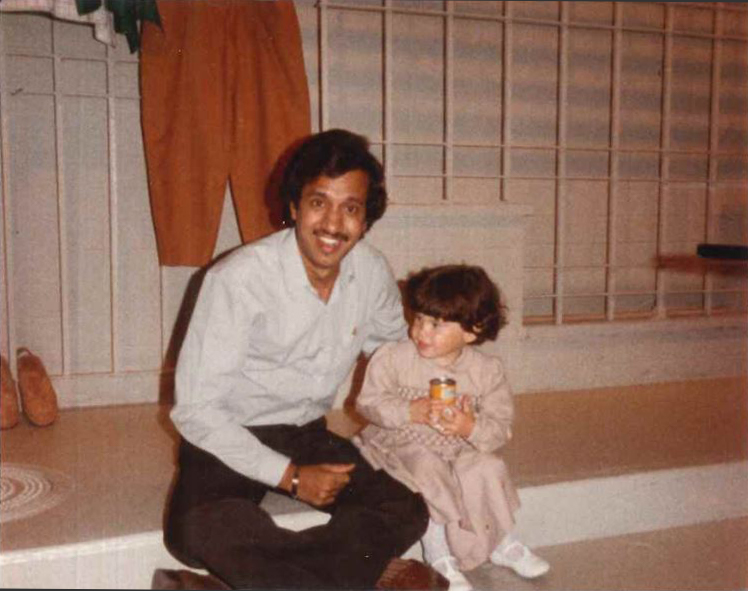

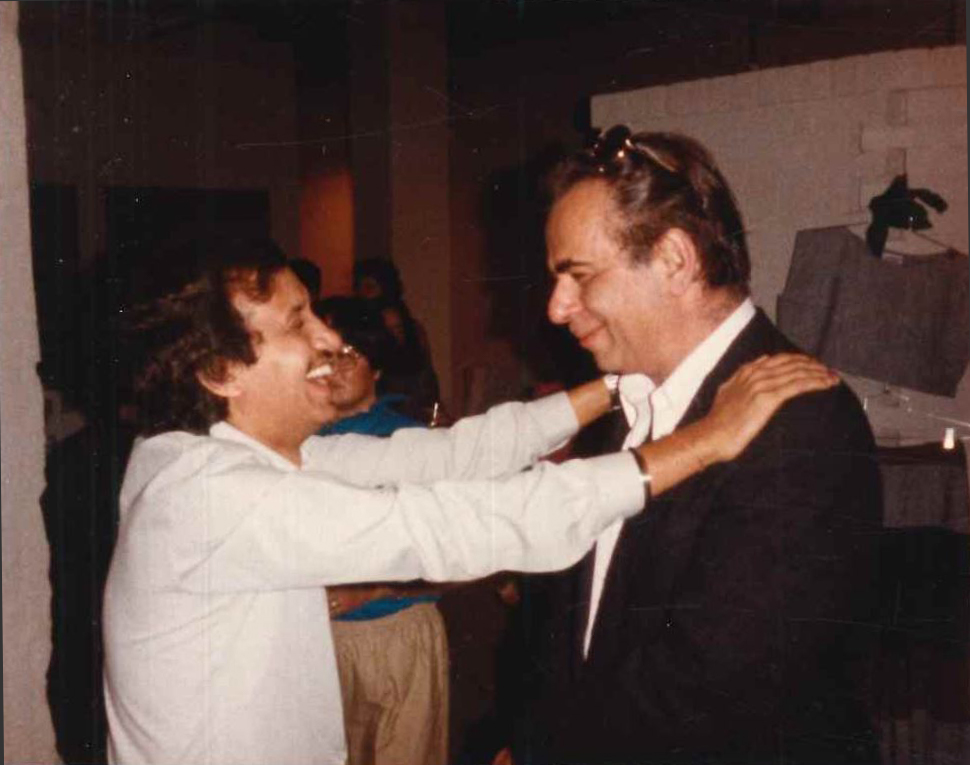
Juan-Manuel Alonso
I was hired by Willi Smith to design his menswear collection and be his right-hand man from the second men’s collection, which if I recall well, was a pre-fall collection. I know that all of my time there was amazingly creative and the most fun I have had in any of the positions I have had. Do not get me wrong, we worked extremely hard and very long hours, but since it was something we all enjoyed, time was relative. The studio worked as one big family. Willi was the head of this outlandish and creative group—which included the design staff, the pattern makers for both menswear and womenswear, as well as the sample room. We all worked as a timepiece and related to each other as a big family—dysfunctional at times but with great care for what we did. The main thing was getting the collection done and being on target for the different markets that were covered in each collection. With time, the routine of ending and starting a new season became as involuntary as breathing in and out in order to create and outdo oneself with each new season arriving. Being Willi's right hand got me involved in many wonderful projects—from private clients, for whom we made and designed clothes, to designing and continuing with different collaborations with artists—including the Bill T. Jones/Arnie Zane dance company, Twyla Tharp, Sounds in Motion, then-upcoming artist Keith Haring, as well as many others from the downtown creative crowd. On a daily basis, we knew when to come in but had no idea till what time we would work.
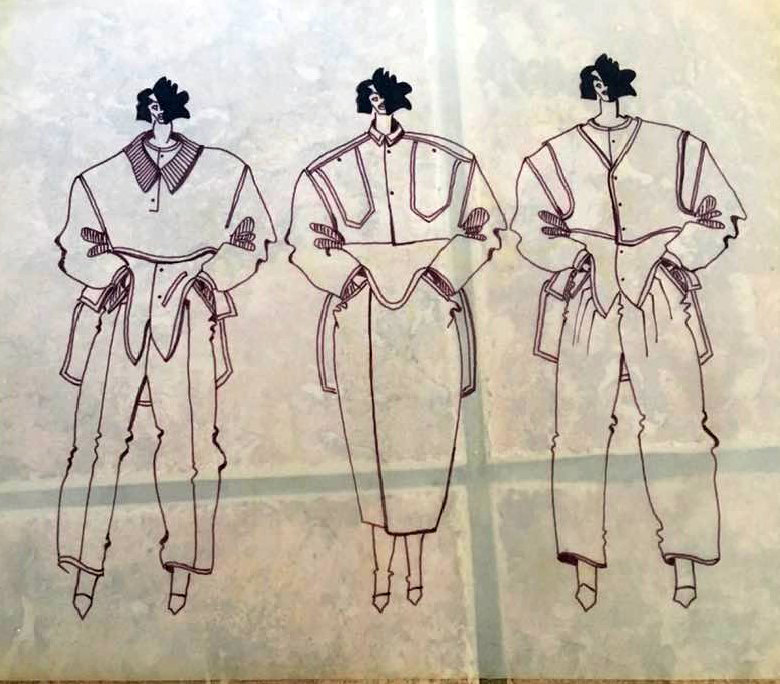



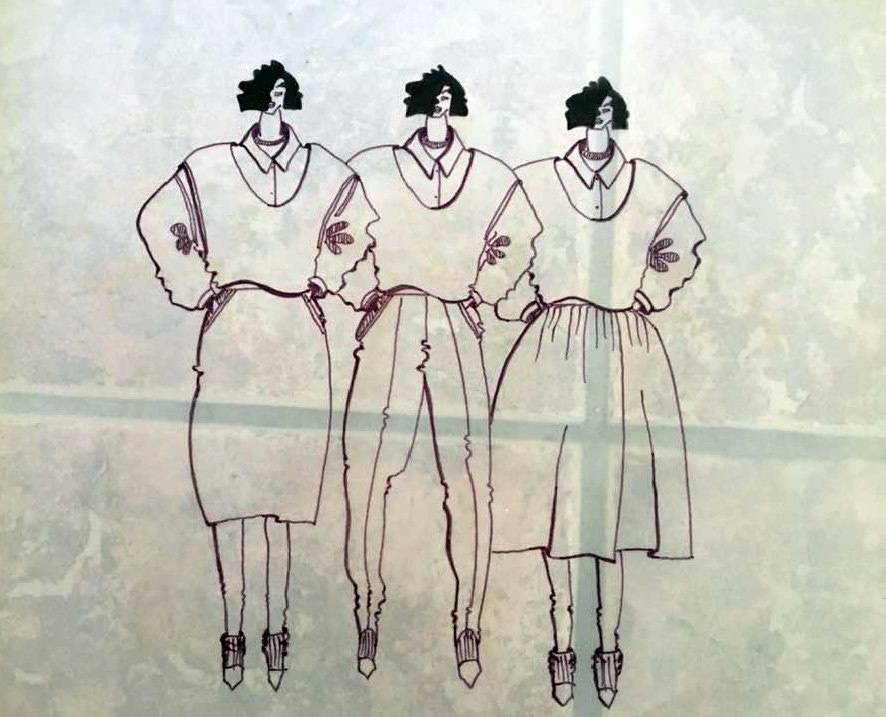
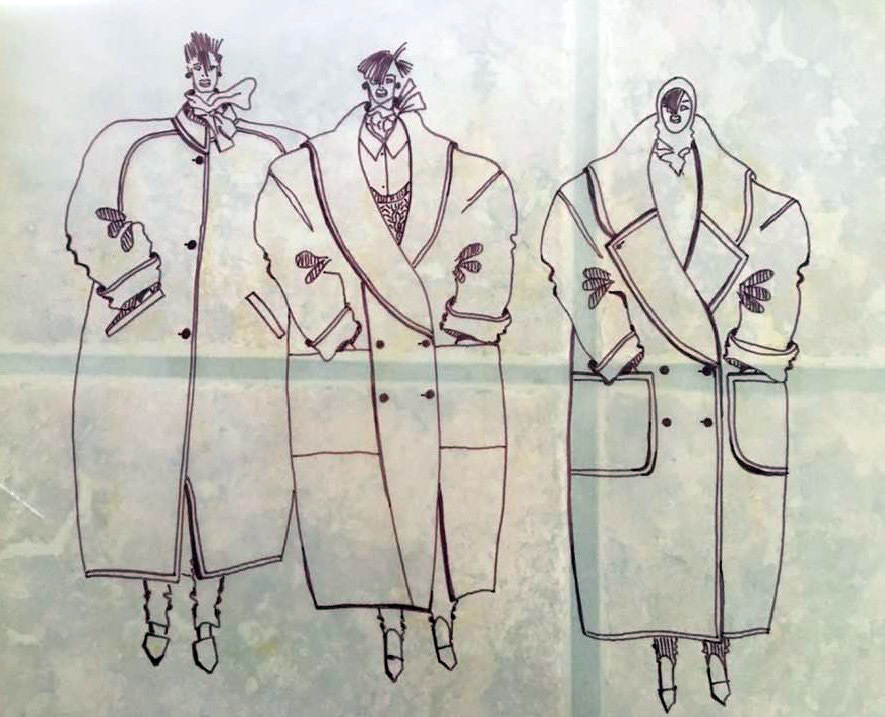
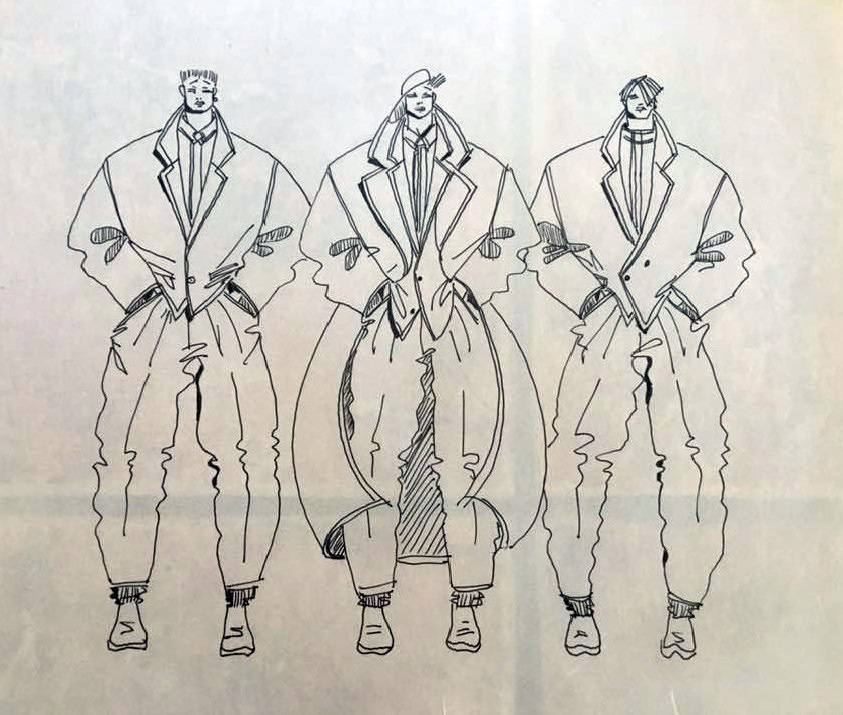
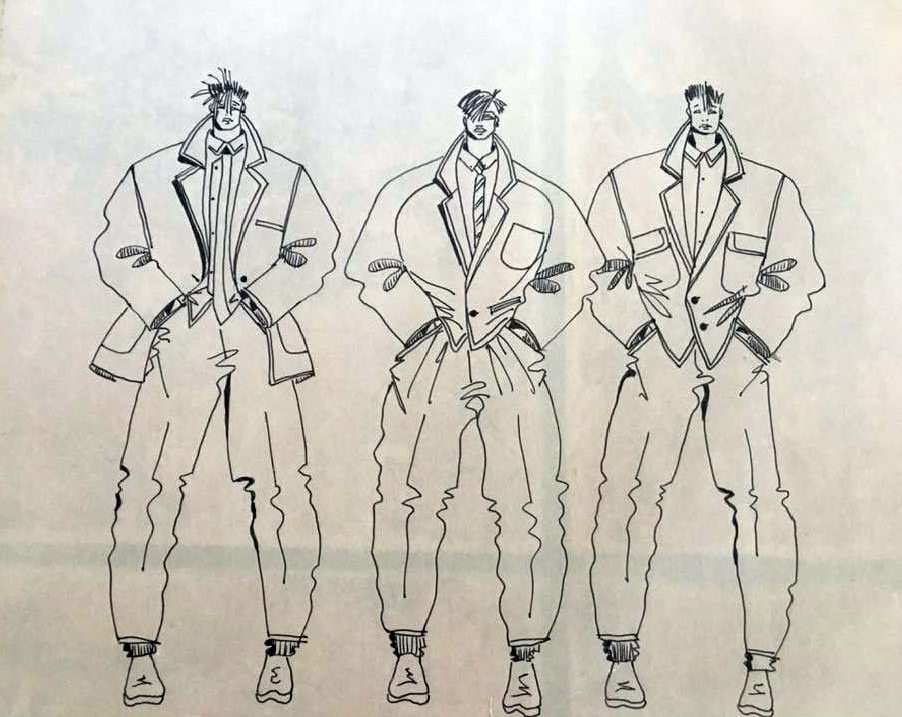
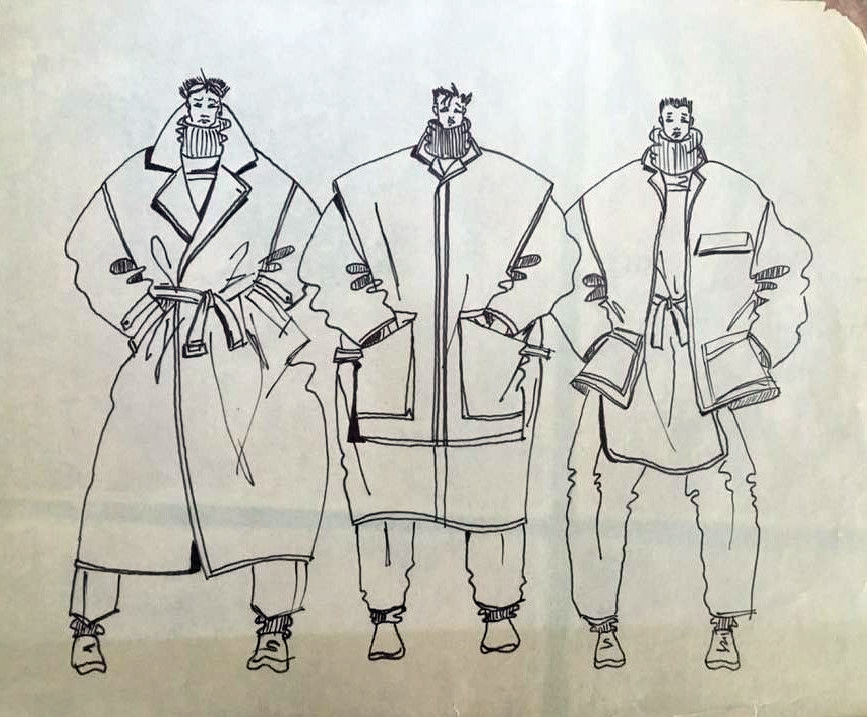

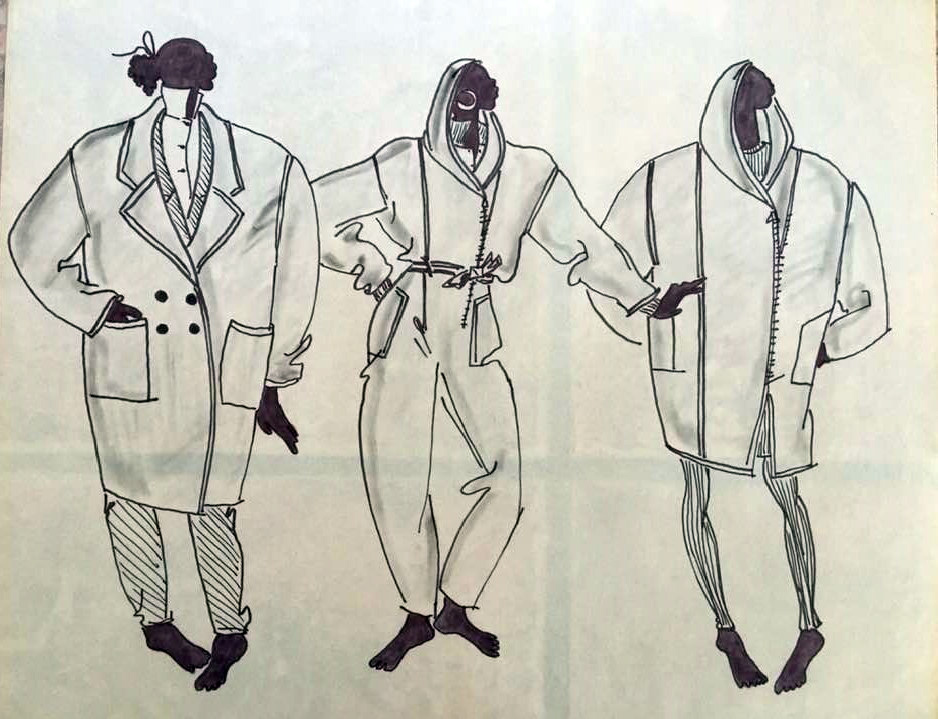
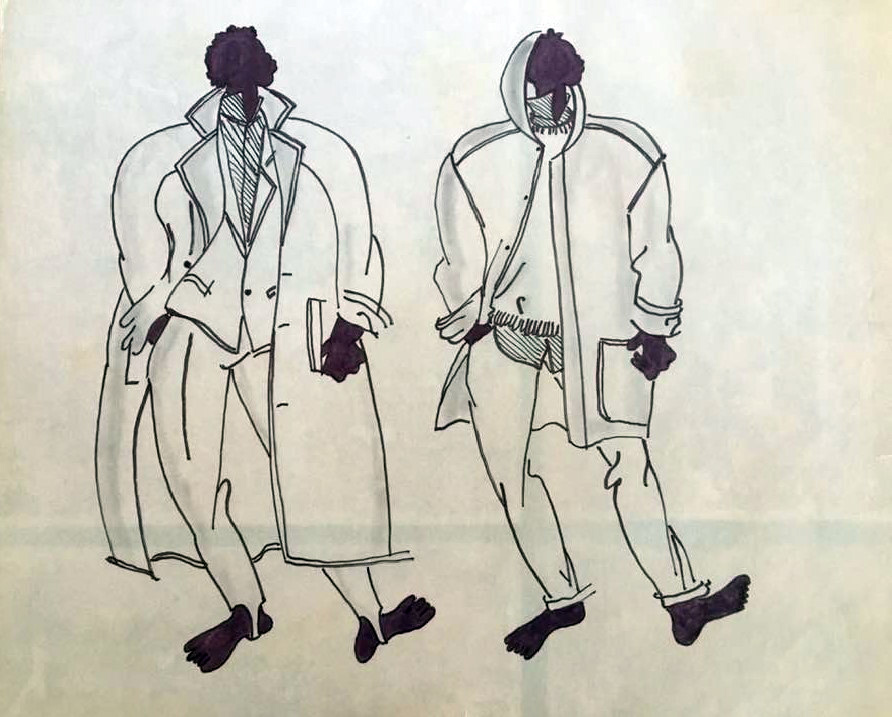
Sketches designed by Juan-Manuel Alonso for WilliWear
Christopher Andrews
I cannot remember exactly when I heard the name “Willi Smith” or his label WilliWear, but it must have been in some department store when I saw the tag on a suit. It was a box cut suit in a very soft fabric. It was in the eighties, and American sportswear was changing, becoming even more minimal and functional than before. I was entering my teens and discovering clothes for myself. My friends started talking about WilliWear and about Willi Smith being African American. This was something to talk about because, at the time, we scarcely knew of any Black designers, especially ones creating clothes that were young, spirited, and on par with the labels we already knew, like Calvin Klein and Perry Ellis. I remember once a classmate saved his money to buy a WilliWear suit. He proudly wore it to class, complete with the tags dangling from it. Everyone stopped him; everyone asked about WilliWear.
I had a red and gray woven WilliWear shirt that buttoned asymmetrically; it fit as if it were made for me. I, too, was asked about it often. Willi designed clothes that were understated, easy to understand, but captured you, the wearer, and anyone you passed. I was never sure how he did that. I don't think anyone has managed that kind of magic since.
![]() SITE for WilliWear, Showroom, New York, NY, Photographed by Andreas Sterzing, 1982
SITE for WilliWear, Showroom, New York, NY, Photographed by Andreas Sterzing, 1982
 SITE for WilliWear, Showroom, New York, NY, Photographed by Andreas Sterzing, 1982
SITE for WilliWear, Showroom, New York, NY, Photographed by Andreas Sterzing, 1982Stacey Appel
I was twelve years old in 1987, at the time when the Philadelphia Inquirer printed the comic strip of Peter Parker and Mary Jane Watson’s wedding from Marvel’s Amazing Spider-Man comic series. In the wedding, depicted in the Amazing Spider-Man Annual in 1987, Peter Parker married Mary Jane Watson, who wore a form-fitting wedding dress designed by Willi Smith before his passing. I cut the strip out and managed to keep it all these years—I kept it in a box with fashion drawings I had done as a kid.
I’m from Philadelphia and wanted to be a fashion designer since I was young. Willi Smith was my favorite designer—I assume I was exposed to him because of the Philly connection. I never got to wear any of his clothes, although I’ve gotten into the habit of going on eBay and trying to find his pieces every now and then! His style back then inspires how I dress now.
I also collect vintage fashion magazines and acquired the November 1978 issue of Life Magazine, which included a story called “Three Black Designers” with pieces on Willi Smith, Stephen Burrows, and Scott Barrie. I found it at a flea market a few years ago and drew a fashion illustration from the piece on Willi Smith.
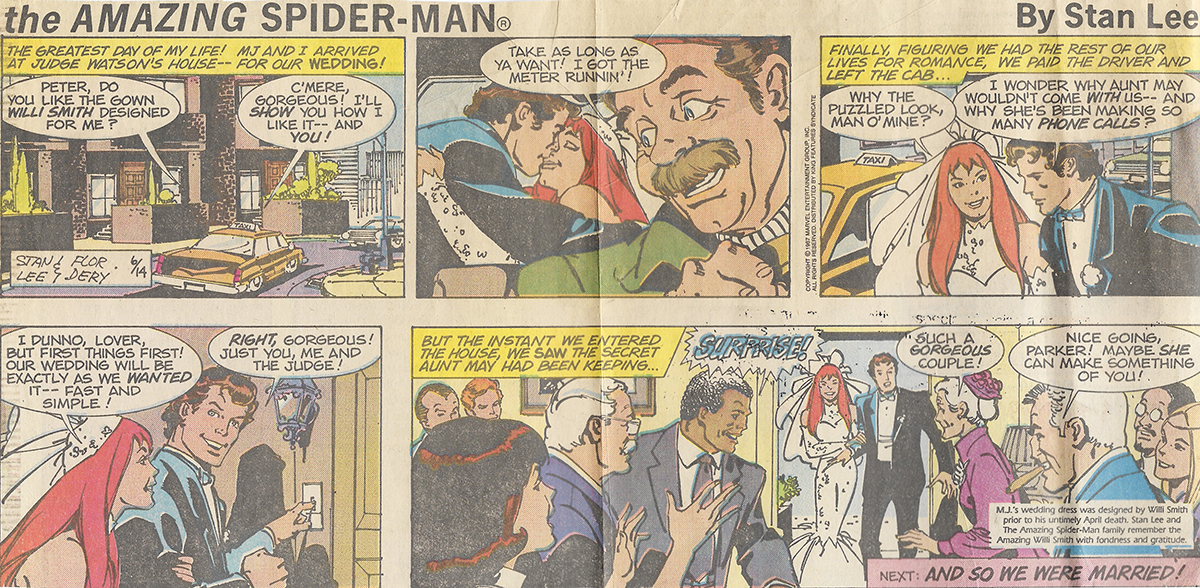
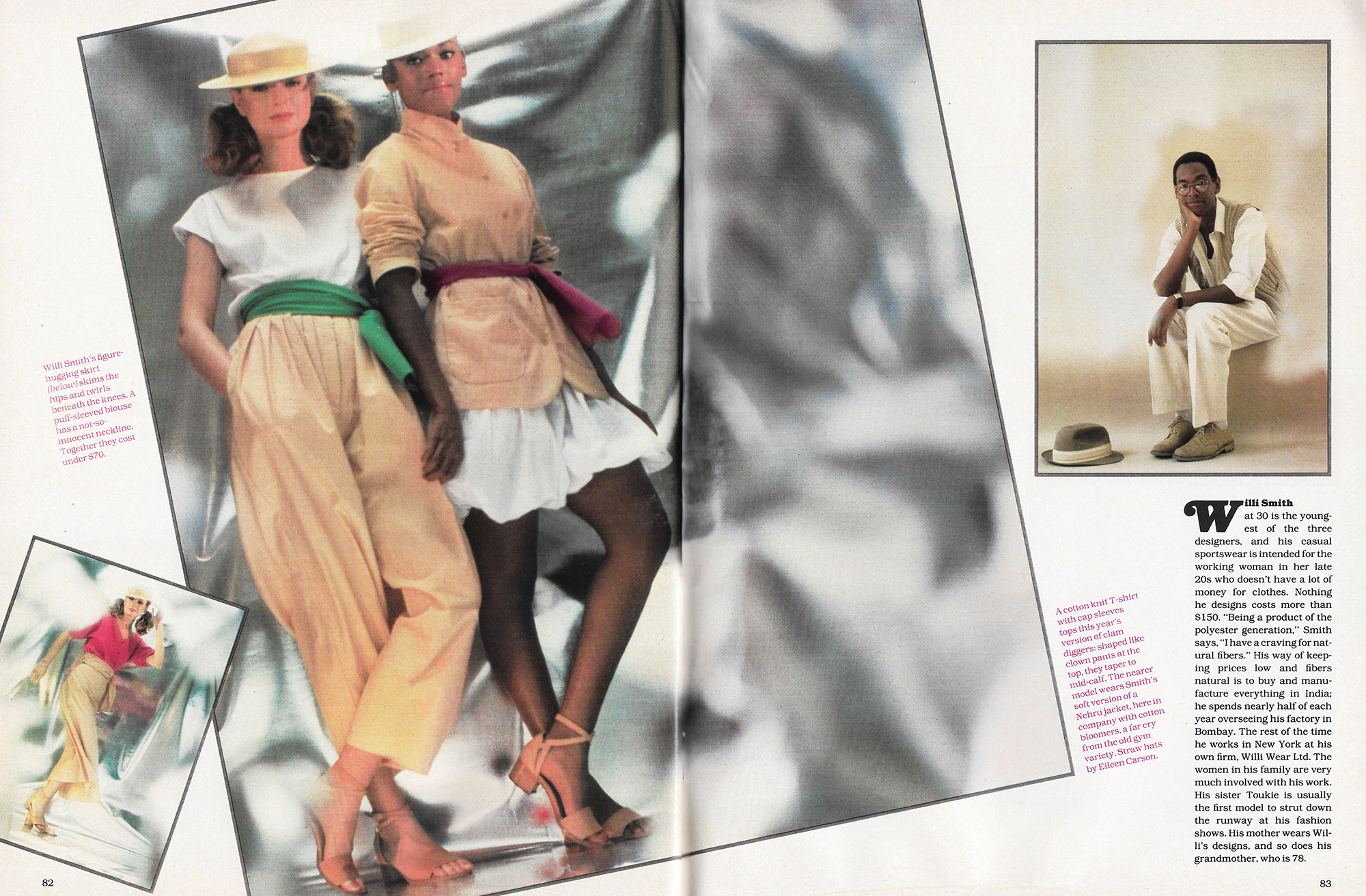
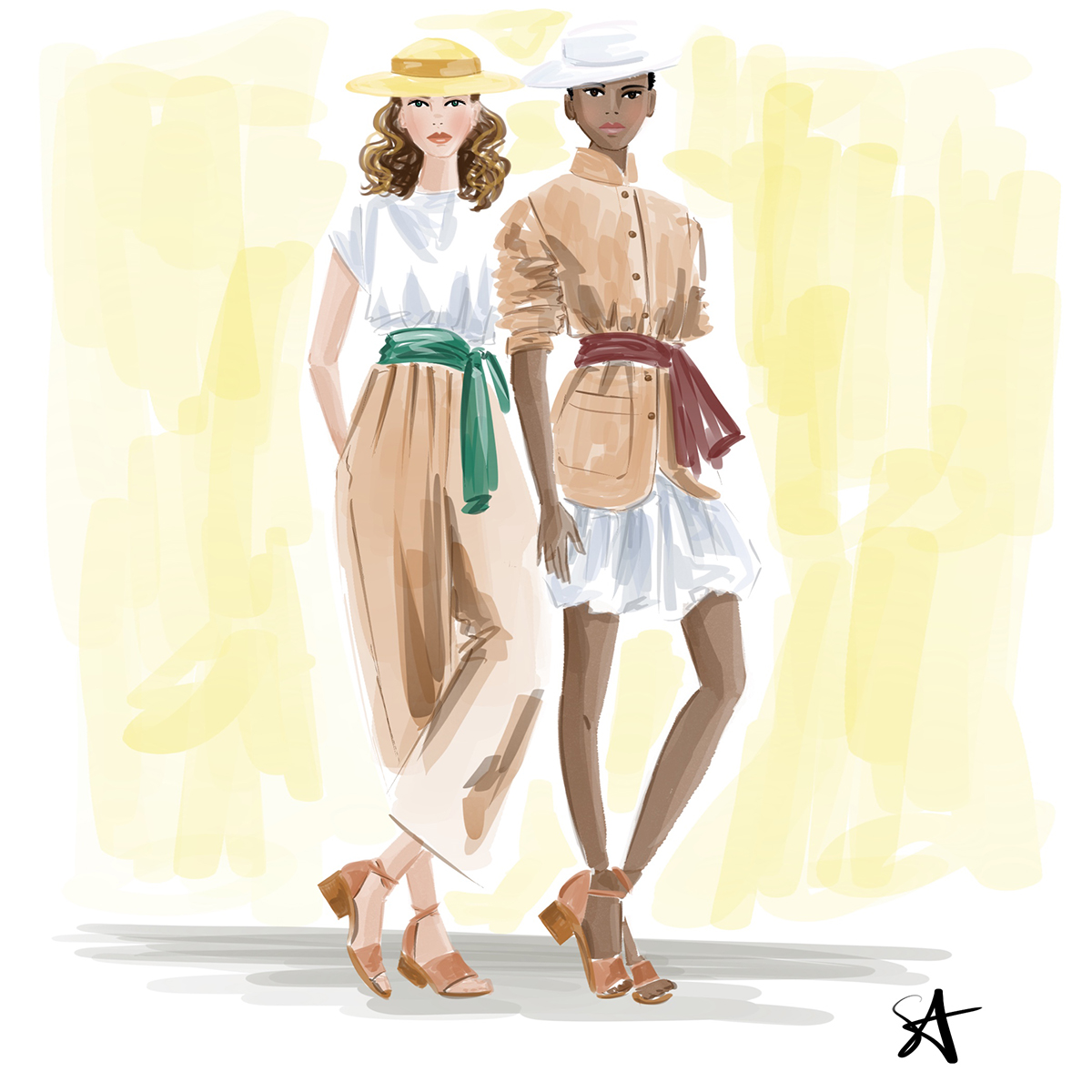
X Baczewska
Before I even moved back to NYC, I made—from a WilliWear Butterick pattern—a pair of jodhpurs with a wide, wrapped waistband. I did them in magenta chintz! Then, when I lived in the East Village, someone directed me to THE WilliWear source—an Indian clothing store called the Dress Shoppe on 9th Street, where I met the lovely (recently deceased) Goyal and bought a WilliWear black ankle-length jumpsuit. I wore it for years with Norma Kamali socks (from Daffy’s when they were in Elizabeth, NJ) and my orthopedic, Cuban-heeled, lace-up peep-toe grannies ($10 from Eneslow). Those were the days.
 X Baczewska illustration of jodhpurs made using a Willi Smith for Butterick pattern
X Baczewska illustration of jodhpurs made using a Willi Smith for Butterick pattern
